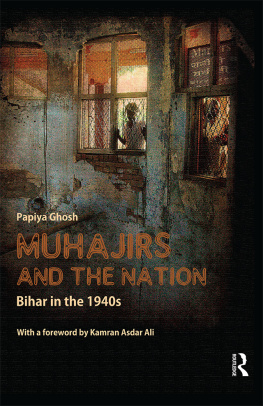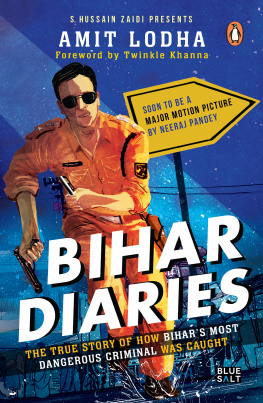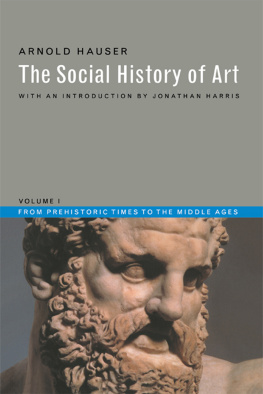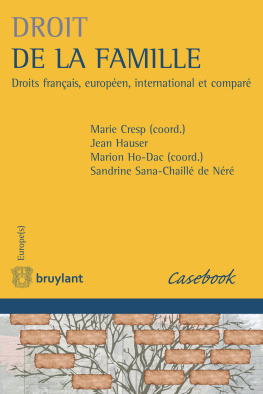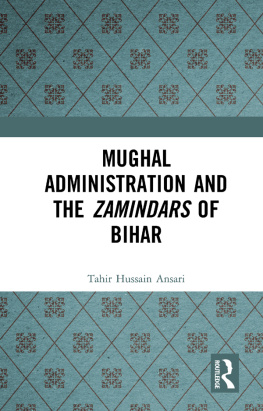
THE BIHAR PROVINCIAL
KISAN SABHA, 1929-1942
On December 5th, 1920, in Patna, the Dasnami sannyasi Sahajanand Saraswati encountered Mahatma Gandhi for the first time. Sahajanand was already known in social-reform circles in Bihar as an energetic activist and educator working to promote Bhumihar Brahman identity. Inspired by the Mahatmas radical reformulation of Indian nationalism, the Swami (as Sahajanand would soon come to be known) threw himself into nationalist politics and the Indian National Congress. Within a decade, moved by the plight of tenant-farmers struggling against excessive rent demands and abusive landlord exactions, the Swami had spearheaded the formation of the Bihar Provincial Kisan Sabha. This organization quickly became the largest organization of its kind in India, catapulting the Swami onto the national stage. By the early mid-1930s the Swami had publicly broken with both the Mahatma and the Gandhians and had made common cause with the left wing of the Congress. Later, as the storm clouds of World War II gathered on the horizon, he joined forces with the Forward Bloc and the Communist Party of India. By the time of his death in 1950, the Swami, disillusioned with politics, had dissociated himself from all parties.
This pioneering 1961 study by Walter Hauser, tracks the history of the Bihar peasant movement as it both influenced and was buffeted by national and international politics. Hauser offers here a penetrating analysis of the character of the movement and the mind of its leader as he grappled with and gravitated toward Marxism-Leninism in the 1930s and 1940s. Initially written as a Ph.D. dissertation at the University of Chicago, Hausers path-breaking Bihar Provincial Kisan Sabha, 1929-1942 is now being published in its entirety for the first time. The volume includes a Foreword by one of Hausers many students, William R. Pinch.
Walter Hauser is Professor Emeritus of History at the University of Virginia, where he taught modern South Asian history from 1960 to 1995. While at Virginia he trained numerous postgraduate students and built the South Asian Studies Program. Since the mid-1990s he has produced, with his friend and collaborator Kailash Chandra Jha, three major scholarly translations of the writings of the social reformer, peasant leader, and Dasnami sannyasi, Swami Sahajanand Saraswati.
The Bihar Provincial
Kisan Sabha, 1929-1942
A Study of an Indian Peasant Movement
WALTER HAUSER
Foreword by
WILLIAM R. PINCH
Curated with an Afterword by
KAILASH CHANDRA JHA
First published 2019
by Routledge
2 Park Square, Milton Park, Abingdon, Oxon OX14 4RN
and by Routledge
52 Vanderbilt Avenue, New York, NY 10017
Routledge is an imprint of the Taylor & Francis Group, an informa business
2019 Walter Hauser and Manohar Publishers & Distributors
The right of Walter Hauser to be identified as the author of this work has been asserted by him in accordance with sections 77 and 78 of the Copyright, Designs and Patents Act 1988.
All rights reserved. No part of this book may be reprinted or reproduced or utilised in any form or by any electronic, mechanical, or other means, now known or hereafter invented, including photocopying and recording, or in any information storage or retrieval system, without permission in writing from the publishers.
Trademark notice: Product or corporate names may be trademarks or registered trademarks, and are used only for identification and explanation without intent to infringe.
Print edition not for sale in South Asia (India, Sri Lanka, Nepal, Bangladesh, Pakistan or Bhutan)
British Library Cataloguing in Publication Data
A catalogue record for this book is available from the British Library
Library of Congress Cataloging in Publication Data
A catalog record for this book has been requested
ISBN: 978-0-367-22597-1 (hbk)
ISBN: 978-0-429-27593-7 (ebk)
Typeset in Adobe Caslon Pro 12/16
by Manohar, New Delhi 110 002
Contents
by William R. Pinch
AS I WRITE THIS foreword, Walter Hauser, emeritus Professor of History at the University of Virginia and the author of the volume in front of you, is in his ninety-first year. Walter completed the present study in 1960 as a Ph.D. dissertation at the University of Chicago.
Walter had given thought to publishing the dissertation in the 1960s, well before the events at Naxalbari village in northern West Bengal, from which the Naxalites took their inspiration. Shorter publications by Walter appeared in the 1960s and early 1970s that drew on key parts of the work. Virginia was at the time a well-regarded regional university but nothing like the institution it would become by the late 1980s. Walter was initially responsible for covering not just South Asia but China and Japan as well. He would prove, too, to be an immensely talented and energetic program builder and soon turned his energies toward creating the Universitys Center for South Asian Studies. Fate further intervened in 1968 in the form of the Guillain-Barr syndrome, a neurological disorder in which the bodys immune system attacks part of its peripheral nervous system, which hit Walter while he happened to be on a research trip to India. His condition, which included complete paralysis, required that he be medically evacuated to the US for hospitalization and rehabilitation. By the early 1970s he had recovered and regained control of his body, but only after much painstaking physical therapy. In all, the experience robbed him of well over two years and considerable physical strength, all when he was just hitting his stride as a recently promoted associate professor.
The increasingly high historiographical profile, and circuitous evolution, of peasant studies in the 1970s and 1980s (about which I will have more to say later) prompted Walter, on two or three subsequent occasions, to contemplate a revised and updated manuscript for publication. The neo-Marxist/Gramscian politics that underwrote the Subaltern Studies project, its favorable reception among postmodernists and deconstructionists, and its reverberations in the Indian body politic especially amid the internecine battles royal that dominated left academic politics in India in the wake of Indira Gandhis prime ministership added additional layers of historiographical complexity to an already daunting task of revision.
During the late 1980s, as Walter began contemplating retirement from active teaching, he increasingly focused his efforts on completing a series of closely annotated translations from the Hindi corpus of the peasant leader who was at the center of his dissertation, Swami Sahajanand Saraswati. These translations, begun in the 1970s but brought to completion with Walters longtime friend and collaborator Kailash Chandra Jha, appeared in 1994 (Khet Mazdoor), In short, the Swamis personal qualities, his village origins, and his institutional credentials combined to make him an extremely effective advocate for peasants, especially (over time) for landless agricultural laborers. Indeed, it was Sahajanands life story and religio-ascetic commitments as much as the agrarian politics that he spearheaded, that attracted Walter to Bihar in the late 1950s and kept him coming back over the following decades. I return to this point later.







